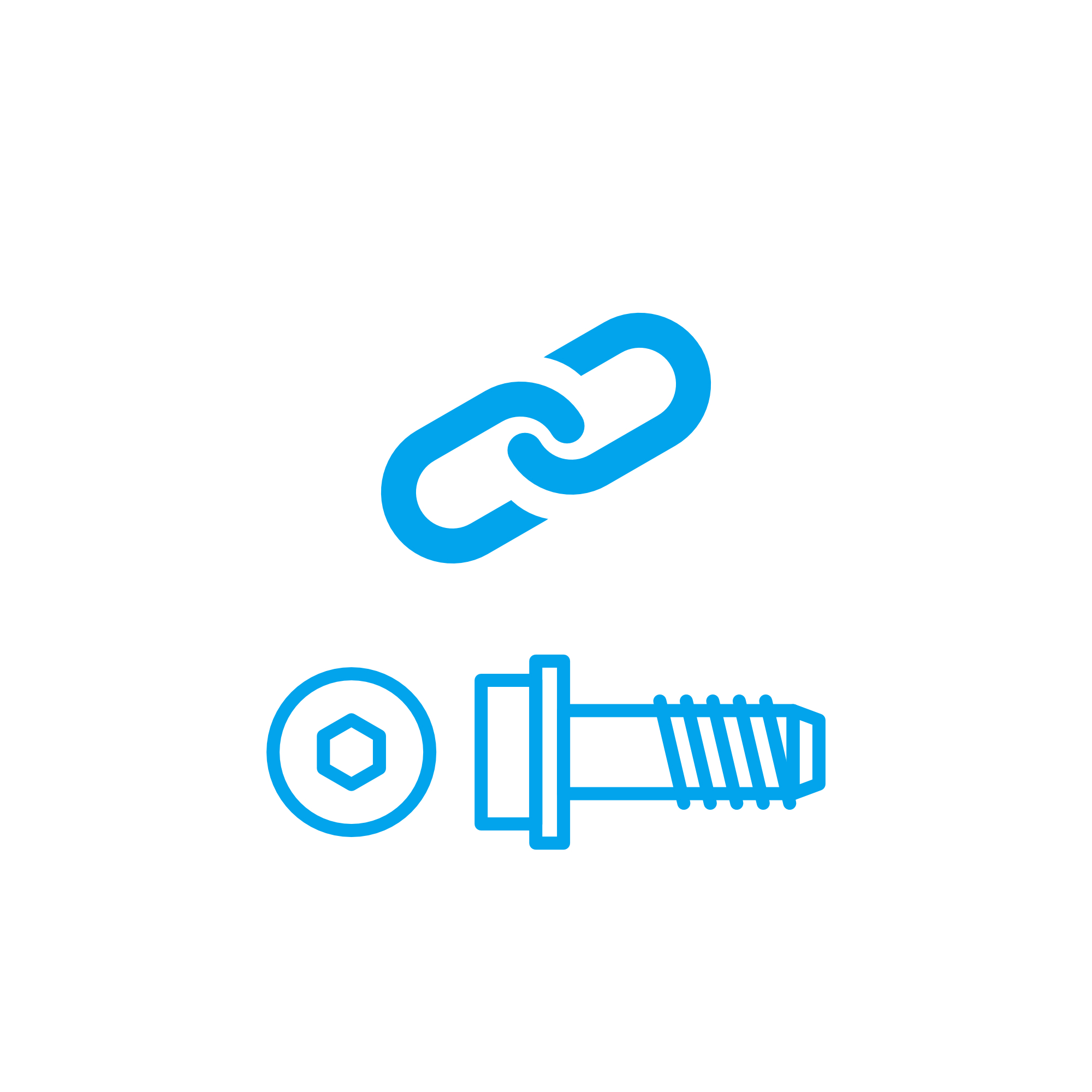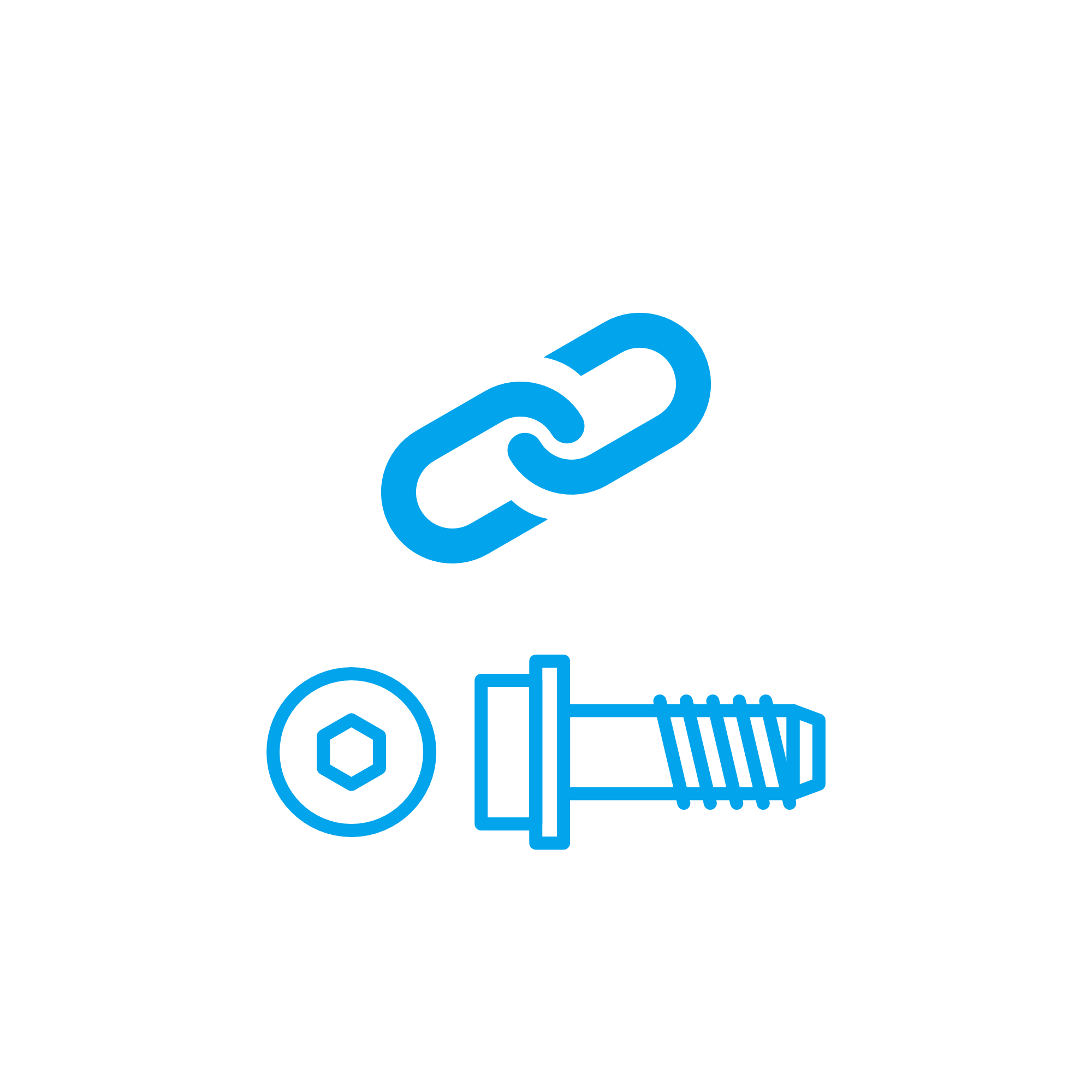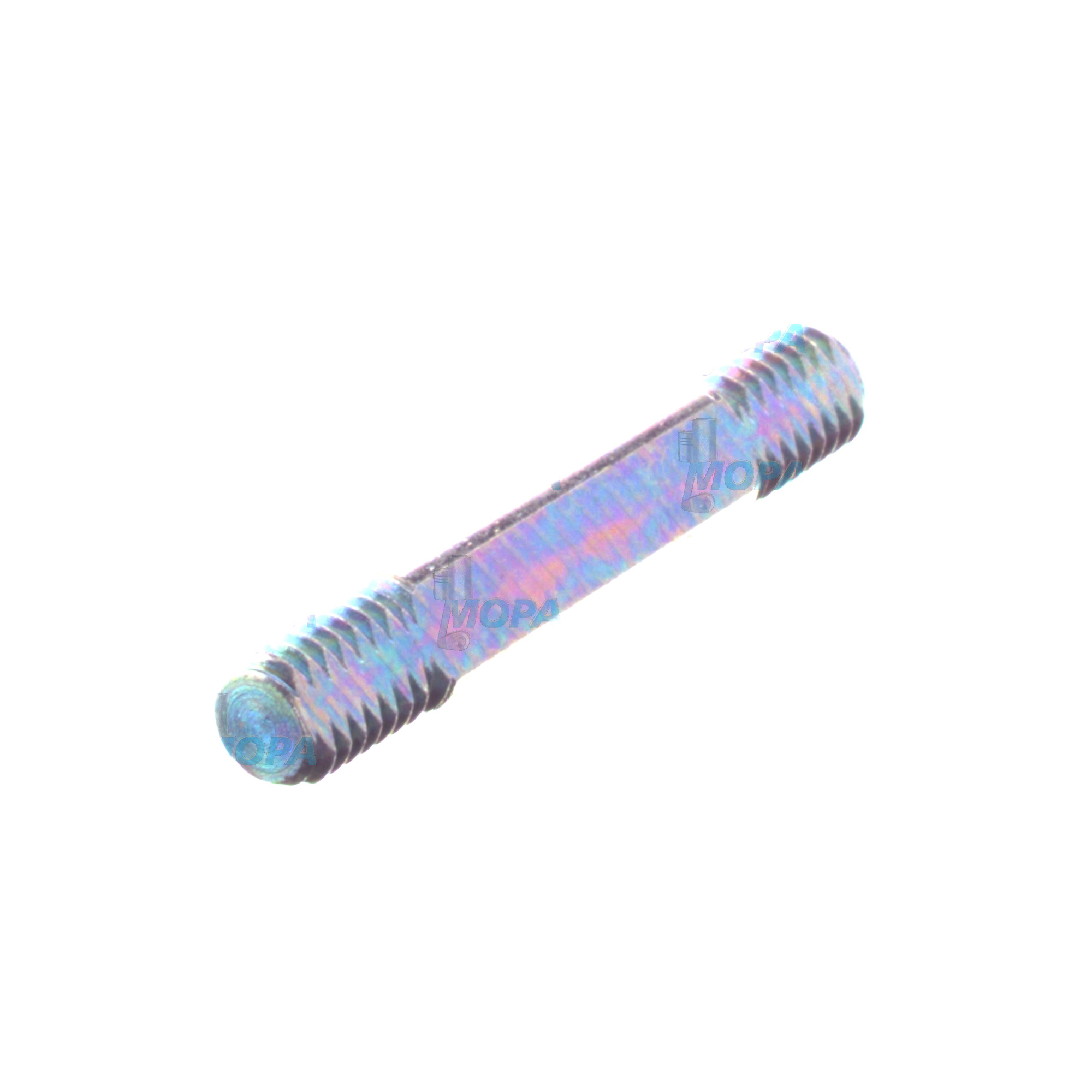THREADED PIN Connecting elements for high‑demand diesel and marine engines
Connecting elements are the mechanical backbone of every engine assembly. This article category encompasses the full spectrum of fasteners that create and maintain clamped joints—studs, THREADED PIN solutions, bolts, nuts, and washers—ensuring casings, cylinder heads, bearing caps, manifolds, and auxiliaries remain securely aligned and sealed. In heavy‑duty diesel and marine engines, these components translate torque into reliable preload, carry cyclic loads, and stabilize structures against vibration and temperature swings. Without dependable connecting elements, no engine can achieve consistent performance, safety, or efficiency.
In practice, connecting elements do far more than “hold parts together.” They preserve gasket seating pressure, protect precision alignments, prevent fretting at interfaces, and enable repeatable service operations. The THREADED PIN format is especially valued where blind holes are used, where repeated disassembly is required, or where protecting parent threads in expensive housings is a priority—frequent realities in large-bore diesel and marine engine maintenance.
Technical function of connecting elements and THREADED PIN in an engine
The core function of connecting elements is to generate and retain a defined clamping force (preload) across joint interfaces. When correctly specified and installed, they keep combustion chambers sealed, maintain bearing geometry, and stabilize turbine and compressor housings against thermal growth and pulsation. A THREADED PIN in a diesel engine provides a fixed, high‑integrity anchor in the block or casing; the nut is torqued onto the protruding thread to achieve the target preload with minimal torsional and bending stress in the pin itself. This separation of functions improves tension accuracy, especially in large assemblies with tight distortion limits.
Because friction dominates torque-to-preload conversion, surface finish, coatings, and lubrication on nuts and washers are controlled to produce repeatable K‑factors. In marine environments, a THREADED PIN for marine engine assemblies often uses protective coatings (e.g., phosphate, zinc-nickel, or dry-film lubricants) to stabilize friction and resist corrosion. Compared with fully threaded bolts, pins reduce wear in the base material by localizing thread engagement in a replaceable component—key to long service lives in expensive cylinder blocks and gear cases. Specified correctly, THREADED PIN OEM parts contribute to higher uptime by delivering consistent clamping force, predictable relaxation behavior, and superior serviceability.
Key characteristics and advantages of connecting elements
· Robust preload retention under thermal cycles and vibration.
· Precise alignment for housings, heads, and bearing caps.
· Improved sealing performance at gaskets and joints.
· Service-friendly: repeated assembly without damaging parent threads.
· Material and coating options for corrosion and wear resistance.
· Stable torque–tension relationship for reliable assembly results.
· Scalable to high-strength classes for heavy-duty duty cycles.
· Compatibility with condition-based maintenance procedures.
Material choices, strength classes, and standards for THREADED PIN OEM parts
To meet demanding duty cycles, connecting elements are typically produced from quenched-and-tempered alloy steels (e.g., 10.9/12.9 strength classes) or corrosion-resistant stainless grades for specific zones. Controlled microstructures, rolled threads, and defined surface treatments ensure high fatigue resistance and clean torque-tension behavior. Common specifications include ISO 898 for mechanical properties and ISO 965 thread tolerances; metric and imperial threads are selected to match engine-maker designs. For marine engine applications, coatings and lubricants are chosen for salt-laden atmospheres and stable coefficient of friction. Batch traceability, heat treatment verification, and dimensional inspection are essential to maintain consistency and to align with engine builder assembly procedures.
Why connecting elements are critical for engine reliability and service life
Loss of preload is a leading root cause of engine failures. When connecting elements wear, stretch beyond limits, or suffer corrosion pitting, clamp force drops: gaskets leak, joint faces fret, and alignment shifts. On a turbocharger outlet, that can mean hot-gas leakage and unsafe surface temperatures; on a cylinder head, it can produce blow-by, oil–coolant cross-leaks, or liner seat distortion. A compromised THREADED PIN in a diesel engine may also concentrate stress in the first engaged threads, accelerating fatigue cracks and risking sudden fracture. In propulsion or genset service, these events translate directly into unplanned downtime, higher fuel consumption, and elevated lifecycle costs.
Telltale symptoms include abnormal noise, hot spots, discoloration around flanges, loosening witnesses, or uneven gasket impressions. Best practices include torque or torque-plus-angle tightening to OEM procedures, replacement of critical nuts and washers, lubrication control, and stretch checks where specified. In overhaul programs, replacing highly loaded connecting elements on schedule—especially THREADED PIN sets exposed to temperature gradients—preserves geometric stability and protects power density targets.
Advantages of OEM spare parts suitable for connecting elements
For high-value assets, the quality of connecting elements directly affects performance, reliability, budget, and service life. OEM spare parts suitable for connecting elements deliver consistent metallurgy, heat treatment, and thread geometry that reproduce the engine maker’s designed preload curves. That means predictable assembly torque, even load sharing across multi-bolt patterns, and stable sealing pressure under thermal cycling. Coatings and lubricants are matched to the specified friction range, avoiding under‑ or over‑tightening during service. Dimensional fidelity ensures proper fit with dowels, washers, and mating components—eliminating rework and shortening dock or yard time.
From a cost perspective, precision connecting elements reduce cumulative losses from leaks, gasket replacements, hot gas erosion, and bearing misalignment. Traceability and batch consistency support maintenance records and class audits in marine operations. In short, OEM parts suitable for THREADED PIN and companion fasteners secure the intended stress distribution in every joint, lowering the risk of fatigue and prolonging component life across overhaul cycles.
MOPA: experienced partner for OEM parts connecting elements
MOPA is a reliable partner for OEM spare parts connecting elements, supplying THREADED PIN solutions and complete fastener kits for diesel and gas engines. Customers value fast response, careful quality control, and security in transactions—whether for scheduled overhauls or urgent AOG/critical-vessel situations. MOPA supports purchasers and shipowners with part identification, cross-references to engine builder numbers, and rapid shipment from strategically positioned stock. The result is minimized downtime, consistent assembly outcomes, and confidence in every critical joint.
Conclusion
Connecting elements, including the THREADED PIN for marine engine and power-generation applications, are fundamental to engine safety, output, and efficiency. Selecting OEM spare parts suitable for THREADED PIN and related fasteners ensures accurate preload, stable sealing, and long service life—with tangible benefits to reliability and budget.
Partnering with MOPA for OEM parts connecting elements gives technical decision-makers the speed, quality, and security required to keep engines running at peak performance.




